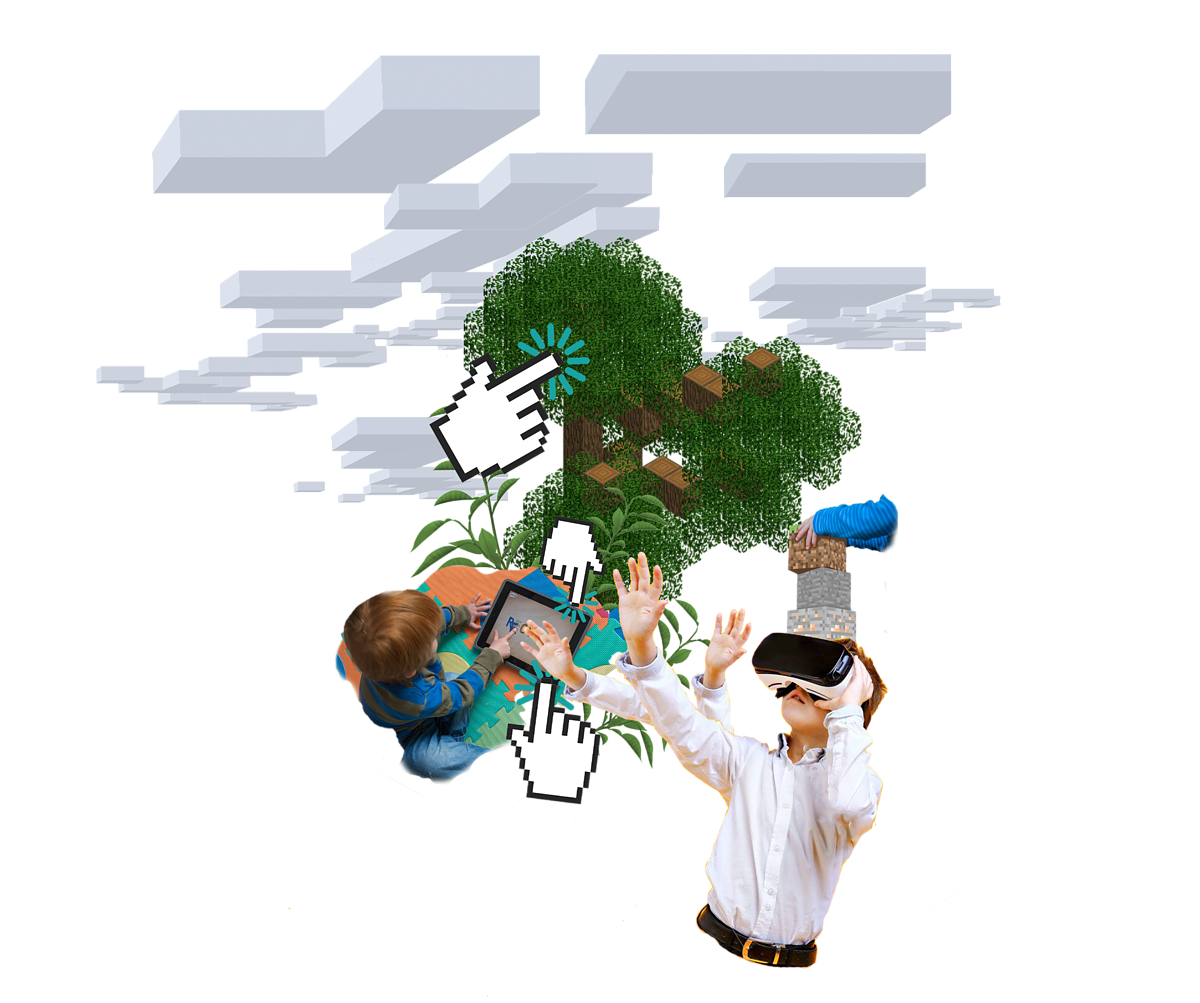Children and Blue Light

An Era Surrounded by Blue Light
The 2010s saw increasing use of technology due to innovations, inventions, and the internet. We cannot live without technology by our side. People from all generations are now using technology in all types and forms — including children. In these age groups, there is an ongoing pattern where physical toys are replaced with screens. Children are being fed —and also wanting more— with blue light.
Often in public spaces, I recall seeing a parent giving their electronics (whether a phone or tablet) to their child to keep them still, entertained, or distracted. Nowadays, this practice of maintaining a child to be well-behaved creates a habit where the child won’t feel as satisfied without seeing a video (or playing a game) on a smartphone. In turn, it makes the child wanting more as their boredom threshold has increased. Since most children are given technology at a very young age, this habit will stay attached to them while growing up— resulting in dependence on technology.


Nowadays, children and toddlers tend to experience the digital and virtual forms of entertainment because of that dependence. They are occupied with millions of apps available at the touch of their hands, whether to have fun or learn.
I remember, when I was a tad bit younger, I heard my younger relative cry because her mom stripped her off from her smartphone privileges. She stopped crying after she gave it back, and I wondered whether it was the lack of strictness of the parent, but realized that it was not only her— it was happening everywhere.

I think versatility, wide variety, and movement keep children hooked to screens and the blue light. There is a digital version for everything physical. Holding color pencils to color a coloring book becomes a tap, flipping the page of a book becomes a slide, rolling a die to a board game becomes a shake. You wouldn’t have to do much to change from playtime to study time.
There is also a vast range of apps fit for different preferences of children, from guessing games to learning the alphabet, math, and many more. I also think one of the central aspects that makes the digital space stay attractive to children is movement. Bright colors, moving pictures, and music combined give a more pleasant experience and engagement to children.

The switch from the digital space creates an apparent change in how children spend their free time. Looking back at my childhood, I seemed to play more with physical toys such as Legos, Barbies, Dollhouses, Nerf guns, and so on. I would always look for a Kidz Station whenever I was in a shopping mall— imagining if I was able to buy every toy in the store.
I remember owning lots of Barbies and Sylvanian Families, and whenever friends or cousins came over, I would always ask them to play with me. Sitting in the playroom with them, I would build a scenario with the props and create new characters and names to them. My imagination just spiraled out of control, and it was as if I was the director of a mini-play that I had created for us to play, one that caused significant joy. Though during the time of my childhood the internet and video games were on the rise, I would say that most of the time, I experienced a more physical form of entertainment.
I wouldn’t say that my childhood was better or worse. Childhood from different generations are unique from one another. But, I do believe that children benefit from less screen time and that it allows their imagination to bloom stronger.


…
You begin to scan the rest of the restaurant, only to see more blue light shining everywhere, and hear the digital sounds that fill the room.
